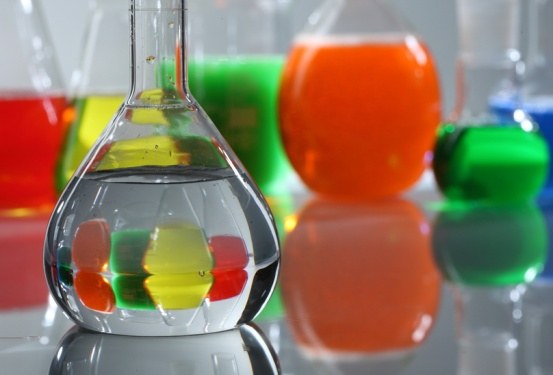Instruction
1
To calculate molar mass, you'll need only a periodic table, basic chemistry knowledge and ability to calculate, of course. For example, a widely known substance – sulfuric acid. So it finds wide application in various industries that rightfully bears the name "blood chemistry." What is its molecular mass?
2
Write the exact formula of sulfuric acid: H2SO4. Now take the periodic table and see what are the atomic masses of all elements included in its composition. These three elements – hydrogen, sulfur and oxygen. Atomic mass of hydrogen is 1, sulphur – 32, oxygen – 16. Therefore, the total molecular weight of sulfuric acid, including indices equal to: 1*2 + 32 + 16*4 = 98 .e.m (atomic mass units).
3
Now let's recall another definition of the mole: is the amount of substancewhose mass in grams is numerically equal to its mass, expressed in atomic units. Thus, it appears that 1 mole of sulfuric acid weighs 98 grams. Here is its molar mass. The problem is solved.
4
For example, suppose you specify the following conditions: there are 800 milliliters of a 0.2 molar solution (0.2 m), some salt, and it is known that dry this salt weighs 25 grams. You want to calculate its molar mass.
5
First recall the definition of a 1-molar (1M) solution. This solution, in 1 liter of which contains 1 mol of any substance. Respectively, in 1 liter of 0.2 M solution would contain of 0.2 mole of the substance. But not 1 liter, and 0.8 liter. Therefore actually you have 0,8*0,2 = 0,16 mole of the substance.
6
And then everything becomes easier. If 25 grams of salt according to the conditions of the problem are to 0.16 mole, what is the number equal to one pray? Performing the calculation in one step, you will find: 25/0,16 = 156,25 grams. Molar mass of salt is 156,25 grams/mol. The problem is solved.
7
In the calculations you used the rounded value of the atomic weights of hydrogen, sulfur and oxygen. If you want to perform calculations with great precision, rounding is unacceptable.



